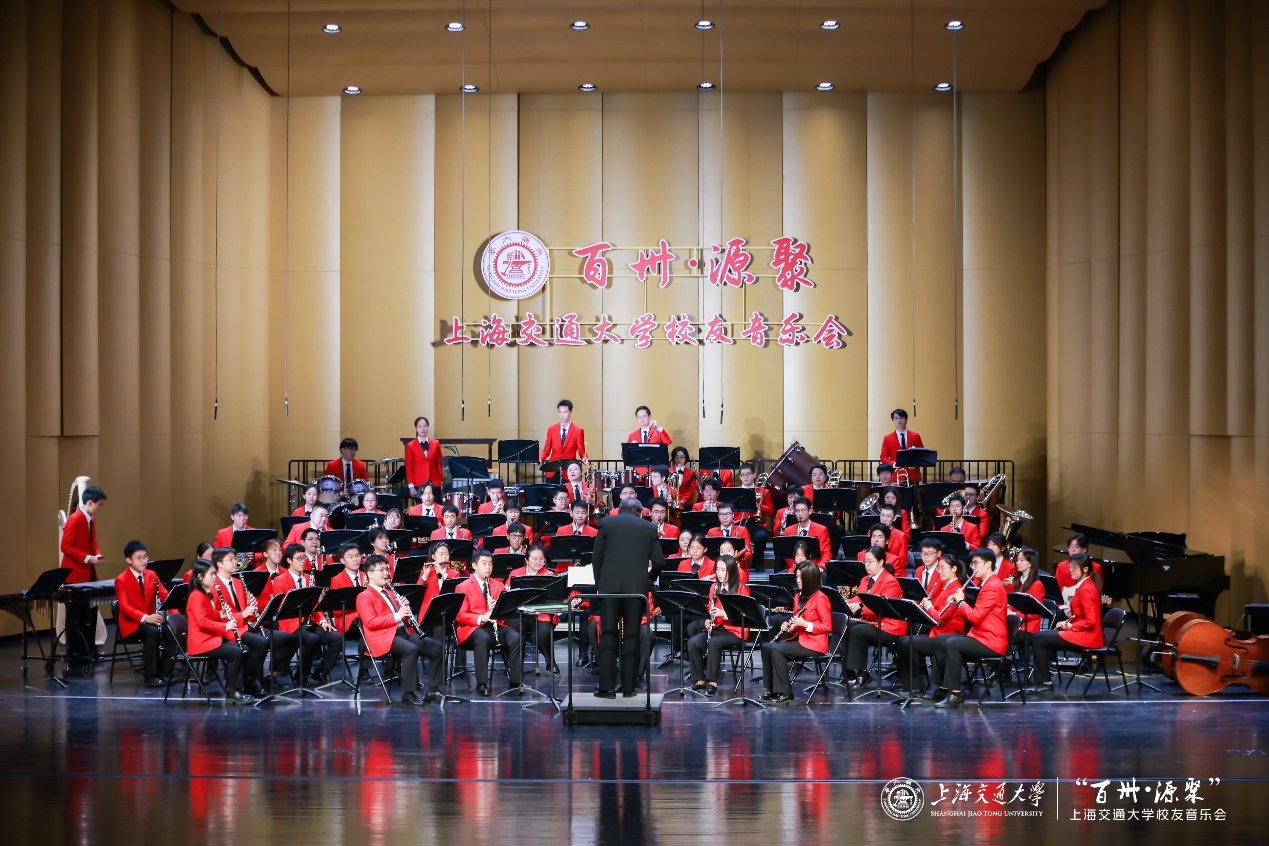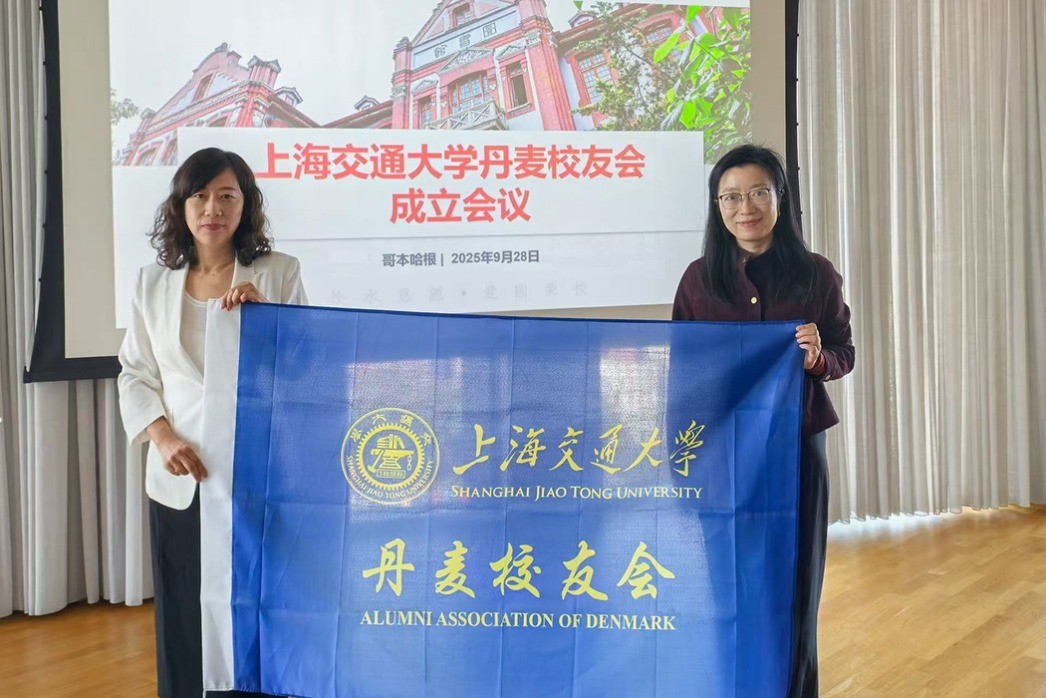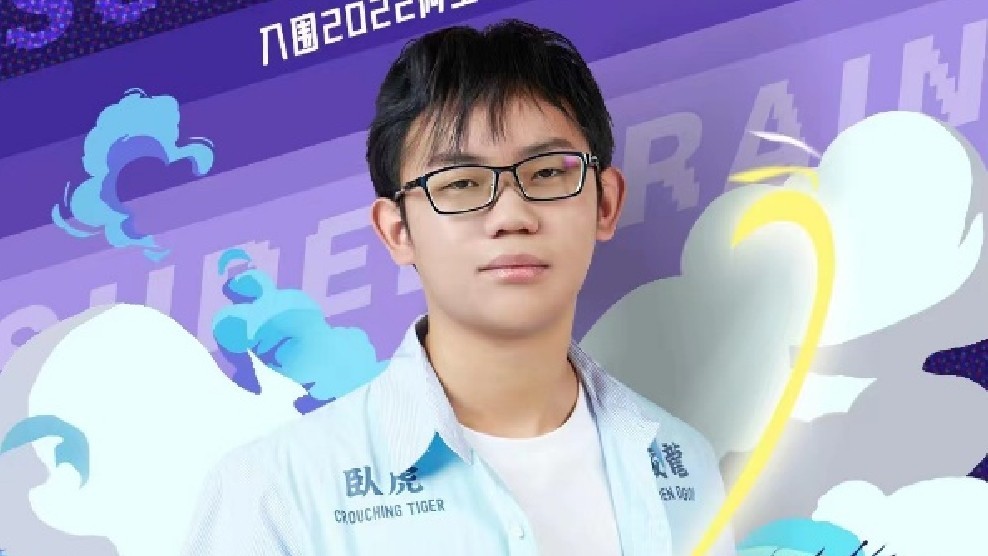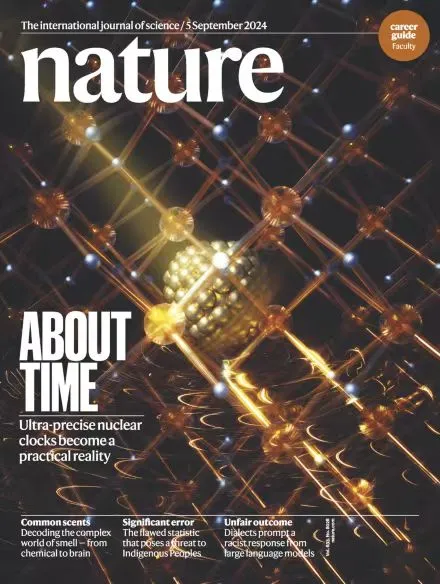
The world's leading multidisciplinary science journal Nature recently published a groundbreaking study led by Academician Jun Ye titled “Frequency ratio of the 229mTh nuclear isomeric transition and the 87Sr atomic clock.” The study was selected as the journal’s cover story and accepted just 27 days after submission—in other words, fast! Additionally, the paper was also featured in the Science News series. This work introduces a new endeavor in which scientists will now attempt to use the findings of this study to test whether the fundamental laws of physics change over time, as predicted by many foundational theories.

Pioneering Work in Nuclear Clocks
Ye’s team at the University of Colorado used a vacuum ultraviolet (VUV) frequency comb to directly excite the narrow 229Th nuclear clock transition embedded in a solid-state CaF₂ host. They determined the absolute transition frequency by stabilizing the base frequency comb to the JILA 87Sr atomic clock and using a femtosecond enhancement cavity to coherently up-convert the base frequency to the 7th harmonic in the VUV range. This technique established a direct frequency link between nuclear and atomic energy levels, enabling them to measure the frequency ratio between the 229Th nuclear transition and the 87Sr atomic clock. The team also precisely measured the nuclear quadrupole splitting and extracted intrinsic properties of the isomer. These results mark the birth of solid-state optical nuclear clocks and represent, to the authors’ knowledge, the first direct comparison between nuclear and atomic clocks for fundamental physics research. The work fuses precision metrology, ultrafast strong-field physics, nuclear physics, and foundational physics.
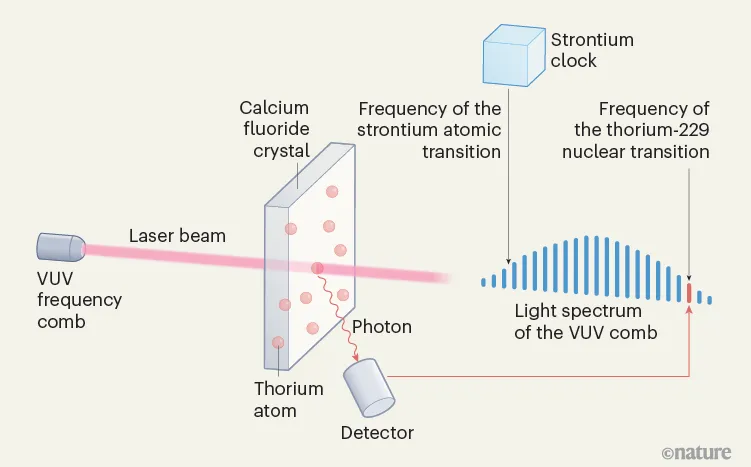
Collaborative Effort
If atomic transitions can function as highly accurate clocks, what about nuclear transitions, which are 100,000 times smaller than atoms and potentially more immune to environmental interference? Nuclear transitions generally occur at frequencies at least 10,000 times higher than atomic ones, but 229Th is a rare exception. Due to a slight rearrangement of protons and neutrons, it requires only 8.4 eV to transition from its ground state to a long-lived excited state—a remarkably low amount of energy considering the forces involved.
This unique low-energy transition opens the door to using nuclear clocks to test whether nuclear forces and electromagnetism drift over time. Early research based on measurements suggesting a 3.5 eV energy difference sparked optimism that conventional lasers could drive the transition. However, later measurements pushed that value to around 7.8 eV, placing it in the VUV spectrum and raising challenges—such energy levels could ionize atoms rather than excite them, not to mention the technical demand that VUV laser light requires.
Despite these challenges, the promise of nuclear clocks remained compelling. Thus, a global collaboration began with efforts to identify a suitable material to host 229Th, something that would be transparent to VUV light and resistant to unwanted electron emissions. Two teams, including one in Austria and the other including three authors of this paper, achieved this by growing high-quality CaF₂ crystals.
From Europe to the U.S.: A Landmark Achievement
Last year, these CaF₂ crystals were used in an experiment at CERN, where researchers injected excited 229Th ions into the CaF₂ host and used a VUV spectrometer to directly detect emitted photons. This helped refine the photon energy estimate to 8.3 eV and spurred the race to build lasers capable of exciting the transition.
A German team succeeded in constructing a powerful VUV laser and—together with the Austrian crystal growers—achieved the first-ever laser excitation of the 229Th nuclear transition. Their precision brought them a step closer to optical frequency metrology.
Meanwhile, other collaborators in the current study developed a VUV frequency comb that could excite the nuclear transition while remaining synchronized with a nearby strontium-based optical atomic clock. Ye’s team brought the Austrian-built crystal setup to the U.S., where they used the VUV comb to successfully excite the transition—making history in the process.
Through repeated experiments, they demonstrated that the frequency comb could drive nuclear excitation and measure its frequency ratio to the strontium transition. The team observed that the nuclear excited state had a lifetime of about 10 minutes, suggesting that this system could generate a clock frequency of 2 petahertz (2 PHz = 10¹⁵ Hz) with microhertz uncertainty.
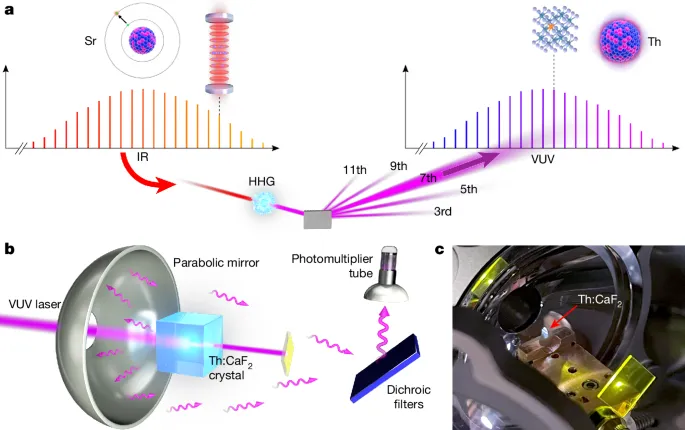
Figure 1. VUV comb spectrum of the 229Th nuclear transition
The team identified seven distinct transitions, five of which were expected. These resulted from level splitting caused by interactions between the nuclear charge distribution and the strong electric fields within the crystal. Centered around 2 PHz, the transitions were located with 12-digit precision—six digits fewer than state-of-the-art strontium clocks. Future improvements in comb tooth narrowing, particularly translating optical technologies to the VUV range, are needed for even higher precision.
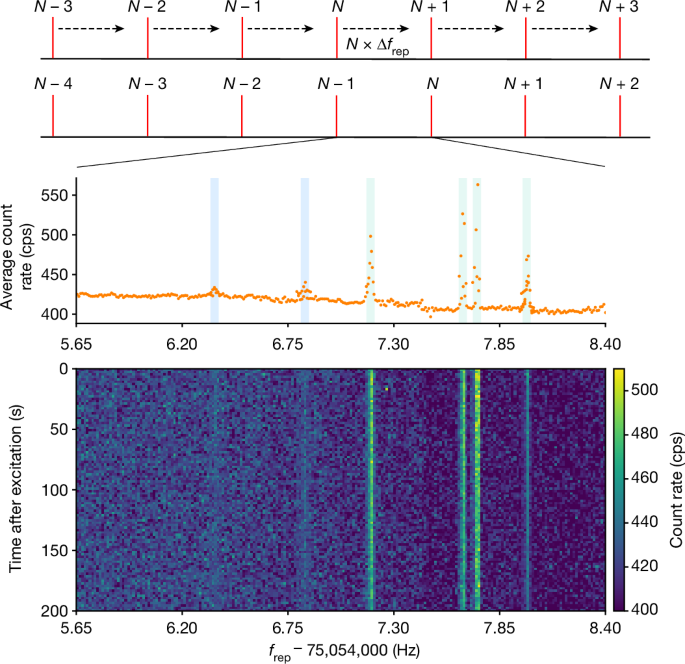
Figure 2. Full-spectrum comb scan
Beyond timekeeping, nuclear clocks have another application in fundamental physics: the search for dark matter. Hypothetically, ultralight dark matter particles could interact with strong nuclear forces to subtly shift nuclear transition frequencies. This would disrupt clock stability in detectable ways. The precision of these nuclear measurements already reveals unprecedented detail, including evidence that 229Th nuclei unexpectedly expand and contract during transitions.
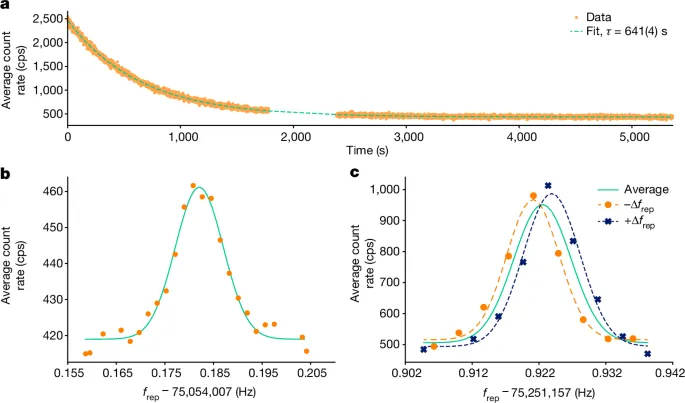
Figure 3. Determination of Line Shape and Central Frequency
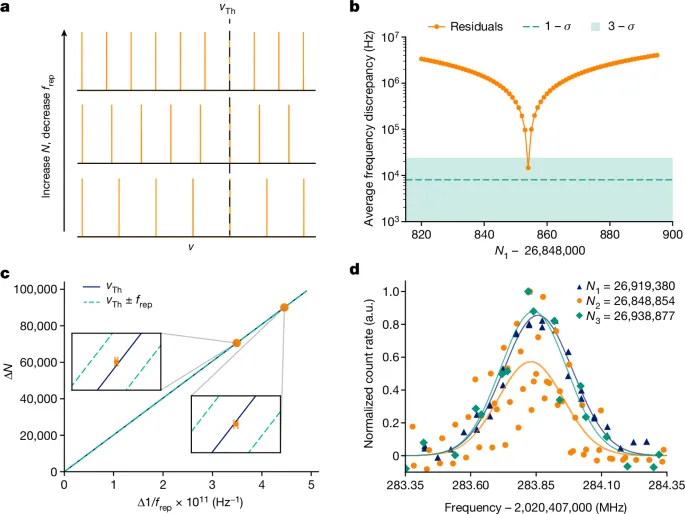
Figure 4. Absolute Frequency Measurement
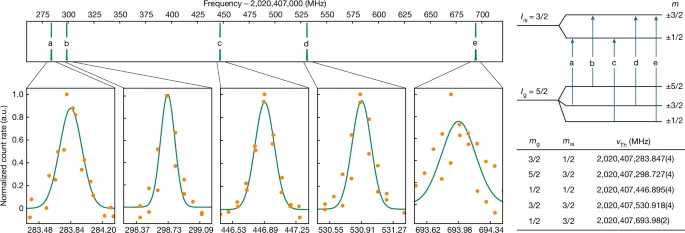
Figure 5. Direct Spectroscopic Measurement of Nuclear Electric Quadrupole Structure
A Vision for the Future
More importantly, this research initiates a new effort to use nuclear transitions to test whether physical laws—like the strength of fundamental forces—change over time. The 229Th transition is extremely sensitive to variations because the strong nuclear force and electromagnetic force nearly cancel each other out. Measuring this transition over long periods of time could reveal whether fundamental constants are indeed constant.
Although the exact frequency may vary depending on the crystal environment, even tiny crystals can hold vast numbers of 229Th nuclei. This allows multiple transitions to be averaged, yielding consistent frequency values. A more compact VUV frequency comb, like that reported by Chuankun Zhang, could lead to small, stable clocks with broad applications. Excited 229Th nuclei could also be used as quantum bits (qubits) for quantum information storage and processing.
Trapped, isolated 229Th ions could serve as the foundation for VUV nuclear clocks that are less sensitive to environmental disturbances than current optical atomic clocks. A promising avenue for future research is tracking changes within this transition frequency over time, which could uncover tiny variations in the fine-structure constant or nuclear interactions, providing insights into potential new physics.
Academician Ye’s remarkable achievement heralds a new chapter in nuclear timekeeping and caps off three decades of pioneering research with the promise of many more discoveries to come.
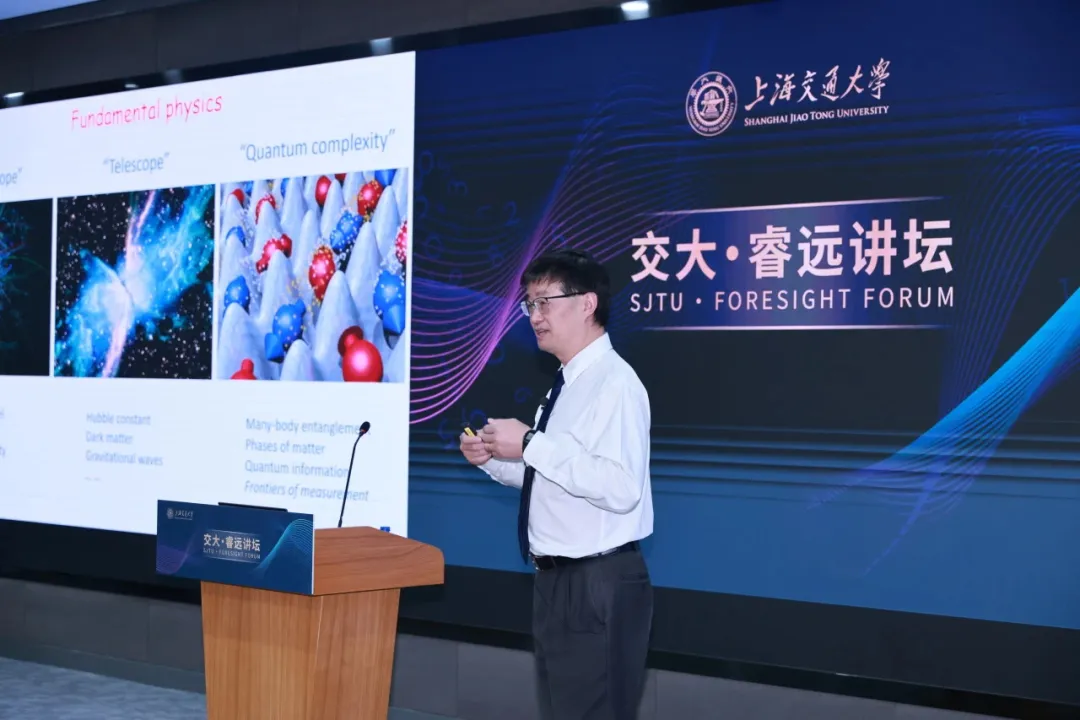
Jun Ye
Jun Ye is a 1988 alumnus of the School of Physics and Astronomy at Shanghai Jiao Tong University (SJTU) and currently a professor at the University of Colorado Boulder. He received his bachelor's degree in applied physics from SJTU in 1988, a master's degree in physics from the University of New Mexico in 1991, and a Ph.D. in physics from the University of Colorado in 1997. He joined the University of Colorado's Department of Physics in 1999 and was promoted to full professor in 2009.
In recognition of his outstanding contributions, Jun Ye was elected to the U.S. National Academy of Sciences in 2011 and became a Foreign Member of the Chinese Academy of Sciences in November 2017. In December 2020, he was awarded the 2020 Micius Quantum Prize. His research focuses on ultracold atoms and molecules, precision measurement, many-body quantum physics, and laser technology.
Link to the paper:

